How to Choose the Best Cockatiel Cage You’ll Love
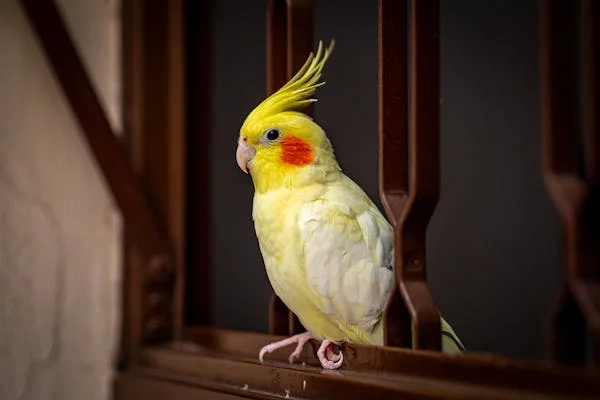
Table of Contents
Are you on the hunt for the ideal cockatiel cage that will keep your feathered friend safe, healthy, and happy? You’re not alone. As a cockatiel owner, one of the most important decisions you’ll make is selecting the right cage—after all, this space serves as your bird’s primary home, playground, and sanctuary.
With countless options flooding the market—varying in size, shape, materials, and features—finding the perfect cockatiel cage can quickly become overwhelming. So many choices, so many considerations! What truly matters when it comes to your cockatiel’s housing?
Rest assured, this comprehensive guide will walk you through everything you need to know about selecting the best cockatiel cage for your beloved pet. From essential safety requirements to helpful features that make your life easier, we’ve researched and compiled the most important information to help you make an informed decision.
Why the Right Cage Matters More Than You Think
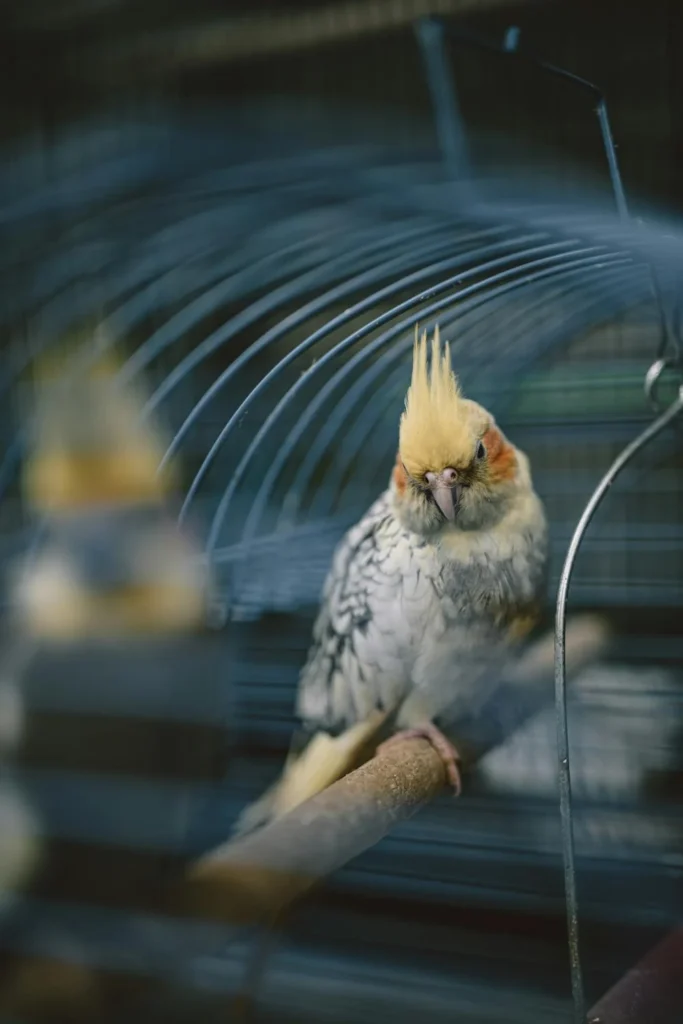
The importance of choosing an appropriate cockatiel cage extends far beyond simply having a place to keep your bird. A well-designed cage directly impacts your cockatiel’s:
- Physical health: Proper space allows for wing stretching, flying, and exercise that prevents obesity and muscle atrophy
- Mental stimulation: Adequate room for toys, perches, and activities helps prevent boredom and destructive behaviors
- Safety: Correct bar spacing and materials protect your bird from escape, injury, and toxicity
- Ease of care: The right design makes feeding, cleaning, and maintenance simpler for you
According to Dr. Laurie Hess, a renowned avian veterinarian with the Association of Avian Veterinarians, “The cage environment is perhaps the single most important factor in a pet bird’s physical and psychological well-being, yet it’s often overlooked by new owners who focus more on food and toys.”
Cockatiel Cage ESSENTIALS: Non-Negotiables
Minimum Size Requirements
For a single cockatiel, the minimum cage dimensions should be:
- 20 inches long × 20 inches wide × 24 inches high (50cm × 50cm × 60cm)
For a pair of cockatiels:
- 30 inches long × 20 inches wide × 24 inches high (75cm × 50cm × 60cm)
These dimensions ensure your cockatiel can fully extend its wings without touching the sides of the cage—crucial for their physical well-being. Remember that cockatiels have a wingspan of about 12-14 inches, and they need space not just for movement but also for toys, multiple perches, and food stations.
Anything smaller restricts natural behaviors and can lead to stress, feather plucking, and other behavioral issues. When it comes to cockatiel cages, bigger is almost always better!
Bar Spacing
The correct bar spacing for a cockatiel cage is between ½ inch to ⅝ inch (12-16mm). This specific measurement is critical for two important reasons:
- Too wide: Spaces larger than ⅝ inch risk your cockatiel getting their head stuck between bars or even escaping entirely
- Too narrow: Spaces smaller than ½ inch might prevent your bird from getting a good grip for climbing
Bar spacing is a non-negotiable safety feature that many new owners overlook, leading to dangerous situations for their pets.
Bar Orientation
Horizontal bars are significantly better for cockatiels than vertical bars. Why? Cockatiels love to climb! Horizontal bars give your bird additional exercise opportunities and satisfy their natural climbing instinct. While cages with a combination of horizontal and vertical bars work well, prioritize models with at least some horizontal bars.
Safe Materials
Your cockatiel’s health depends on the materials used in their cage construction. Safe options include:
- Stainless steel: The gold standard—durable, chew-proof, and contains no toxic elements
- Safe powder-coated metals: Look for non-toxic, baked-on powder coating that won’t chip easily
Materials to strictly avoid include:
- Zinc or galvanized metals: Can cause severe heavy metal poisoning when chewed
- Lead: Found in some older cages and solder points, causes deadly lead toxicity
- Certain plastics: Low-quality plastics may contain toxins and can be easily destroyed
- Painted surfaces: May contain lead or chip easily, becoming ingestion hazards
The Association of Avian Veterinarians reports that heavy metal toxicity from cage materials remains one of the most common preventable causes of illness and death in pet birds. Signs include lethargy, seizures, and digestive issues—often when it’s too late for treatment.
Cage Shape
When it comes to shape, rectangular cages are generally superior for cockatiels. Here’s why:
- Rectangular cages provide more usable space and corners that offer security
- Square cages are acceptable but may offer less flight distance
- Round cages should be avoided entirely—they provide no corners for security and can cause psychological stress and disorientation for birds
The lack of reference points in round cages has been documented to contribute to neurotic behaviors and stress in birds, according to bird behavior specialists.
Types of Cockatiel Cages
Understanding the different types of cockatiel cages available will help you select the one that best fits your bird’s needs and your lifestyle.
Standard Wire Cages
These are the most common cages for cockatiels, featuring a wire construction with a bottom tray. They come in various sizes and designs but follow the basic model of a box-shaped wire enclosure.
Pros: Widely available, good variety of sizes and price points, adequate ventilation Cons: Limited flight space in smaller models, may not include play areas
Flight Cages
Flight cages are wider than they are tall, providing more horizontal space for limited flying.
Pros: Allows for more flight exercise, usually has greater overall volume Cons: May take up more space in your home, often more expensive
Travel Cages
Smaller, more secure, and designed for transportation rather than everyday living.
Pros: Portable, secure, easy to clean Cons: Too small for everyday use, limited features
Cages with Play Tops
These feature an external play area on top of the main cage, usually with additional perches and toy hooks.
Pros: Built-in out-of-cage play area, more enrichment opportunities Cons: Can be more expensive, takes up more vertical space, must ensure the top play area is secure
Powder-Coated vs. Stainless Steel
- Powder-coated cages have a baked-on finish that is generally safe and chip-resistant. They come in various colors and are more affordable.
- Stainless steel cages are the premium option—completely non-toxic, extremely durable, and won’t chip or rust. However, they come with a significantly higher price tag.
Key Features to Look For (Beyond the Basics)
Doors
The doors on your cockatiel cage deserve special attention:
- Size: Doors should be large enough for you to easily reach inside for cleaning and bird handling. Small doors make these tasks frustrating and stressful.
- Number: Multiple doors provide better access to different areas of the cage.
- Latch type: This is crucial! Cockatiels are intelligent and can figure out simple sliding mechanisms. Look for secure latches that require multiple movements to open, such as twist locks or spring-loaded latches. Some birds have escaped from their cages simply because the door latch wasn’t bird-proof.
Food/Water Bowl Access
- External access: Bowls that can be filled from the outside minimize disturbance to your bird
- Secure attachments: Ensure bowls lock firmly in place to prevent spilling
- Materials: Stainless steel bowls are preferable to plastic for hygiene and durability
Bottom Grate & Tray
A quality cage should have:
- A removable grate to keep your bird from accessing droppings
- A slide-out bottom tray for easy cleaning without disturbing your bird
- Sufficiently deep tray edges to prevent substrate from falling out
Stands & Mobility
While optional, these features add convenience:
- Stable stand: Brings the cage to a comfortable height and may provide storage
- Wheels with locks: Allow you to move the cage for cleaning or relocating
- Secure attachment: Ensure the cage attaches firmly to the stand without wobbling
Seed Guards
These attachments wrap around the lower portion of the cage to catch seeds and debris:
- Pros: Significantly reduces mess around the cage
- Cons: Can make accessing lower cage areas more difficult, require additional cleaning
Setting Up Your Cockatiel’s Palace: Location & Furnishings
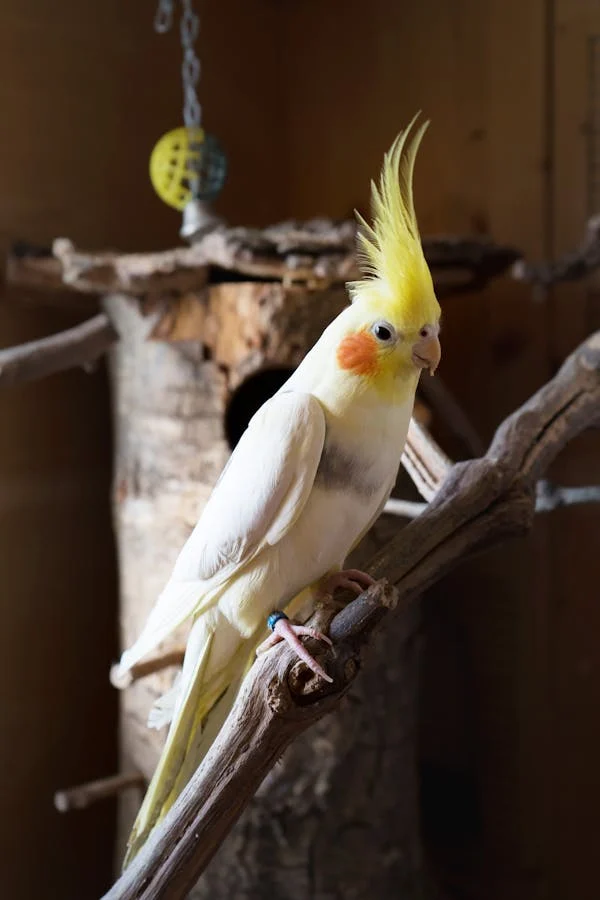
Cage Placement
Where you place your cockatiel cage matters tremendously:
- Social areas: Cockatiels are social and thrive when included in family spaces like living rooms
- Safety considerations: Avoid:
- Drafty areas near windows or doors
- Direct sunlight which can cause overheating
- Kitchens where fumes from non-stick cookware can be deadly
- Areas with sudden temperature fluctuations
Perches
Variety is absolutely key for foot health and exercise:
- Diameters: Provide different widths (½ inch to 1 inch) to exercise different foot muscles
- Materials: Include:
- Natural wood branches (bird-safe species like willow, apple, or manzanita)
- Rope perches (monitor for fraying)
- Therapeutic “sandy” perches (use sparingly to prevent foot irritation)
- Placement: Position perches at varying heights, with the highest for sleeping and others near food and water
Avoid dowel perches as the exclusive option—their uniform diameter can contribute to pressure sores and arthritis over time.
Toys
Enrichment through toys is vital for your cockatiel’s mental health:
- Foraging toys: Hide treats to encourage natural foraging behaviors
- Shredding toys: Made of safe paper or plant materials for natural destruction
- Climbing toys: Ladders and nets for exercise
- Noise-making toys: Bells and rattles (ensure small parts cannot be swallowed)
Safety considerations include checking for loose parts, avoiding exposed metals, and regularly rotating toys to maintain interest.
Food & Water Dishes
Place food and water dishes where they won’t be contaminated by droppings—usually on the sides of the cage away from perches above them.
Substrate/Lining
For the bottom of the cage:
- Safe options: Plain paper, paper-based commercial liners, or unscented paper towels
- Avoid: Corncob, cedar chips, walnut shells, and scented products which can cause respiratory issues or crop impactions if ingested
Top Recommended Cockatiel Cages (Carefully Curated)
Our recommendations are based on appropriate size, safe materials, proper bar spacing, and user feedback. We’ve personally evaluated these options for their suitability for cockatiels.
Best Overall Cockatiel Cage
Prevue Pet Products Wrought Iron Flight Cage
- Dimensions: 31″ L × 20.5″ W × 53″ H
- Bar Spacing: ⅝”
- Pros:
- Excellent size for one or two cockatiels
- Includes stand with storage shelf
- Multiple access doors
- Removable divider panel
- Durable powder-coated finish
- Cons:
- Assembly can be time-consuming
- Seed guards not included
This cage tops our list because it exceeds the minimum size requirements, features safe construction with appropriate bar spacing, and includes practical features like a storage shelf and multiple access points.
Best Budget-Friendly Cockatiel Cage
You & Me Standing Parrot Cage
- Dimensions: 21″ L × 16″ W × 29″ H
- Bar Spacing: ½”
- Pros:
- Affordable while meeting minimum size requirements
- Includes stand
- Easy to assemble
- Good access doors
- Cons:
- Less overall space than premium options
- Fewer accessories included
- Less durable construction
While more budget-conscious, this cage still provides the essential safety and space requirements for a single cockatiel without compromising on critical features.
Best Large Flight Cage for Cockatiels
Vision L12 Bird Cage
- Dimensions: 38″ L × 24″ W × 21″ H
- Bar Spacing: ½”
- Pros:
- Exceptional horizontal space for flying
- Debris guard minimizes mess
- Deep base contains substrate
- Easy access doors
- Cons:
- Less vertical height than other options
- Plastic components may need replacement over time
This cage provides superior horizontal space, making it ideal for cockatiels who enjoy short flights and more ground foraging.
Best Cockatiel Cage for Easy Cleaning
ZENY Bird Cage with Stand
- Dimensions: 23″ L × 23″ W × 60″ H
- Bar Spacing: ½”
- Pros:
- Pull-out tray with specially designed edges to prevent spillage
- Multiple access doors for easy reach
- Wheels for mobility during cleaning
- Stand included
- Cons:
- Some assembly challenges reported
- Not as spacious as flight cages
This cage stands out for features specifically designed to make maintenance easier, including an exceptionally well-designed pull-out tray system and easy mobility.
Best Travel Cage for Cockatiels
Kaytee EZ Care Small Animal Carrier
- Dimensions: 16″ L × 10″ W × 11″ H
- Bar Spacing: ½”
- Pros:
- Lightweight and portable
- Secure latching system
- Good ventilation
- Easy to clean
- Cons:
- ONLY suitable for temporary travel—not for housing
- Limited space for accessories
This carrier provides safe, secure transportation for vet visits and travel without the bulk of everyday cages.
Cage Maintenance and Cleaning Routine
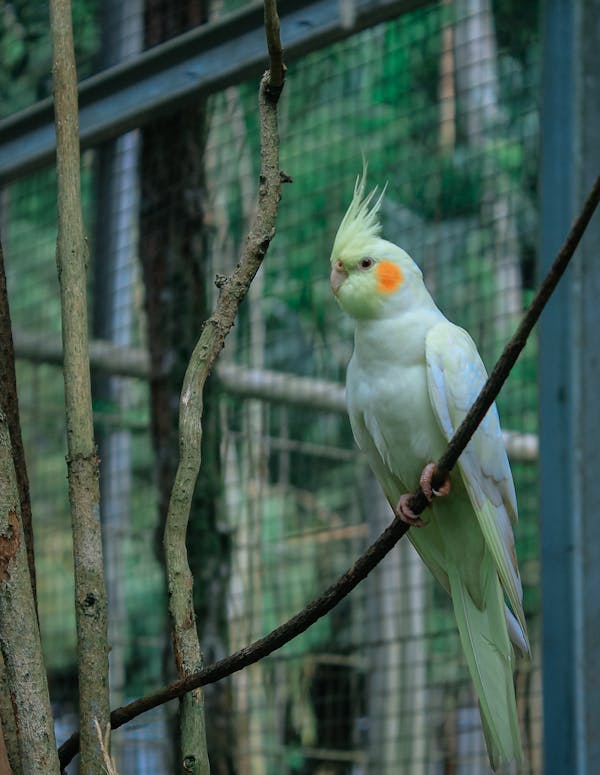
Keeping your cockatiel’s cage clean is essential for their health. Here’s a recommended schedule:
Daily Tasks
- Refresh water and remove wet or spoiled food
- Clean any obvious droppings from perches
- Remove and replace soiled substrate on the bottom tray
Weekly Tasks
- Remove and clean all perches, toys, and accessories
- Scrub food and water dishes with hot, soapy water
- Completely change substrate/lining
- Wipe down accessible cage bars with bird-safe cleaner
Monthly Tasks
- Disassemble cage for deep cleaning
- Scrub all components with bird-safe disinfectant (diluted vinegar solution works well—1 part vinegar to 3 parts water)
- Allow to dry completely before reassembling
- Inspect for any damage or wear
Safe Cleaning Products:
- White vinegar solution (1:3 with water)
- Bird-specific cage cleaners (follow directions carefully)
- Hot water and mild dish soap (rinse thoroughly)
Never use: Bleach, ammonia, strong chemicals, or scented cleaners near your bird. Always ensure the cage is completely dry before returning your cockatiel.
Cockatiel Cage Safety Checklist
Use this quick checklist to ensure your cockatiel’s cage meets essential safety standards:
- ✓ Minimum 20″ × 20″ × 24″ for a single bird
- ✓ Bar spacing between ½” to ⅝”
- ✓ Non-toxic materials (stainless steel or safe powder coating)
- ✓ No signs of zinc, lead, or chipping paint
- ✓ Secure, bird-proof door latches
- ✓ Horizontal bars for climbing
- ✓ Stable base without tipping risk
- ✓ No sharp edges or pinch points
- ✓ Toys secured properly without hanging hazards
- ✓ Food and water containers that won’t tip easily
- ✓ Multiple perches of varying diameters
- ✓ Adequate distance between perches and cage top/sides
Frequently Asked Questions
How big should a cage be for 2 cockatiels?
For two cockatiels, the minimum recommended cage size is 30″ L × 20″ W × 24″ H. However, larger is always better, especially for birds that will spend significant time in their cage.
Can cockatiels live in finch or parakeet cages?
No. Finch cages typically have bar spacing that’s too narrow for cockatiels to climb properly, while parakeet cages are usually too small for cockatiels to exercise adequately. Always use a cage specifically rated for cockatiels or small parrots.
How often should I replace my cockatiel’s cage?
With proper maintenance, a quality cockatiel cage can last 5-10 years. Replace immediately if you notice rust, chipping paint, broken bars, or malfunctioning doors regardless of age.
What’s the difference between a cockatiel cage and a generic bird cage?
Cockatiel cages are designed with specific bar spacing (½”-⅝”), adequate size for their wingspan, and appropriate door sizes. Generic cages may not meet these critical specifications.
Can I build my own cockatiel cage?
While DIY cages are possible, ensuring proper materials (non-toxic), construction, and safety features is challenging. Most avian veterinarians recommend commercially tested cages for safety and reliability.
Conclusion
Selecting the right cockatiel cage is truly an investment in your bird’s health, happiness, and longevity. By prioritizing appropriate size, safe materials, and proper features, you’re setting the foundation for your feathered friend to thrive in their home environment.
Remember that even the most spacious, well-designed cage should be complemented with regular out-of-cage time in a bird-safe room. Your cockatiel will benefit immensely from both a secure, comfortable cage and opportunities for supervised exploration.
Have you found the perfect cockatiel cage? What features have made the biggest difference for you and your bird? Share your experiences in the comments below, or check out our other guides on cockatiel care, including nutrition, training, and healthcare!
Your cockatiel’s home should be their castle—safe, stimulating, and suited perfectly to their needs.
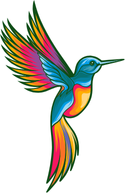
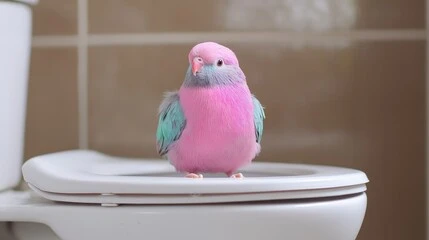
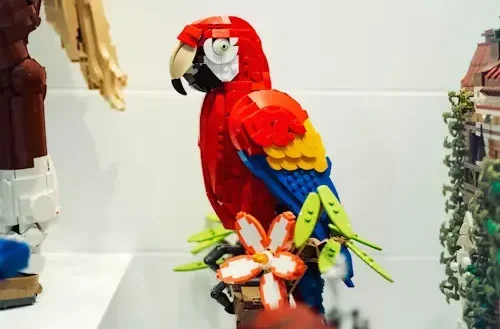
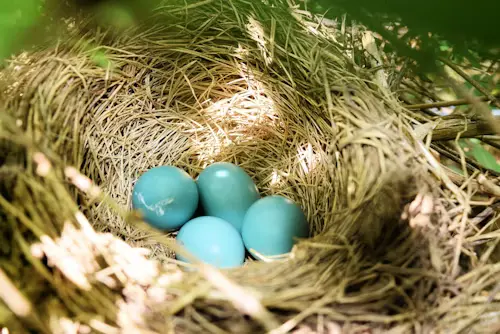
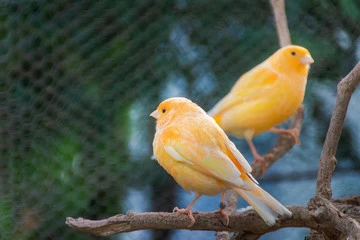
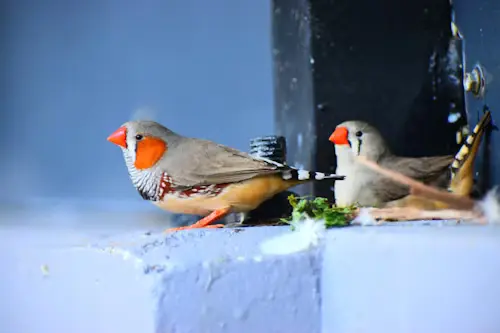
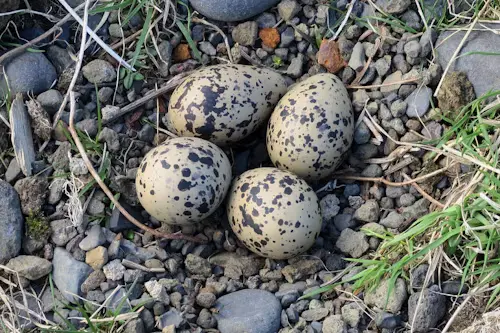
5 Comments